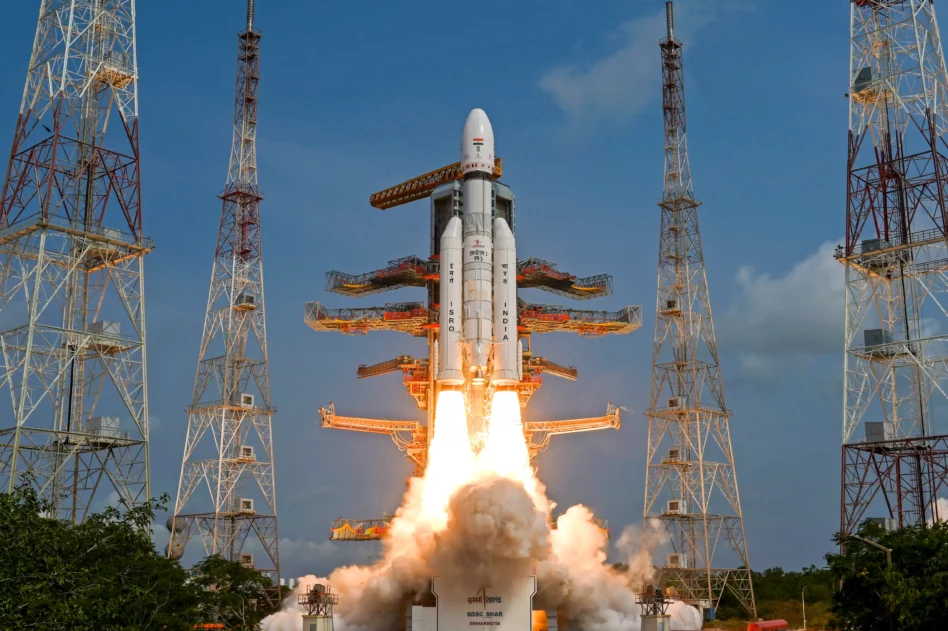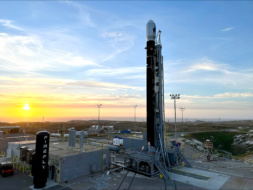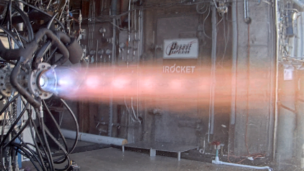An Indian Launch Vehicle Mark-3 rocket launched and deployed 36 OneWeb satellites on Sunday, marking the Indian Space Research Organisation’s second commercial launch for the UK firm.
ISRO’s fleet of rockets is first and foremost to give India independence from foreign launchers. But it will also offer new commercial opportunities, as shown by the OneWeb launch.
How did ISRO bag OneWeb contracts?
Russia’s invasion of Ukraine in Feb 2022 terminated OneWeb’s launch arrangement with Roscosmos, which had already launched 428 satellites for the company aboard Soyuz rockets. India seized the opportunity by offering OneWeb prioritized rides to meet the company’s urgent need. The OneWeb constellation now stands at 618, more than the minimum of 588 satellites it says it needs to provide low-latency broadband communication services globally over the coming months.
New Space India Limited (NSIL), the commercial arm of the Indian space agency, helped ISRO win two OneWeb contracts at $60 million per launch—just under the $67M price tag for a dedicated Falcon 9 launch.
India’s commercial future
The biggest holdup to India’s commercial success is launch frequency. India can produce a LVM3, previously known as a GSLV Mk III, every six to eight months. NSIL and ISRO want to cut that in half by 2025. But even when coupled with increased production rates of the PSLV (Polar Satellite Launch Vehicle) and SSLV (Small Satellite Launch Vehicle), the country has no plans to launch as often as the Falcon 9.
India’s rocket family
ISRO has successfully launched the Mk III six times. At ~6,000 kg each, the two OneWeb payloads were the heaviest ever carried on an Indian rocket. ISRO is also working on increasing Mk III’s payload capacity as the rocket becomes India’s more capable platform complementary to its workhorse, medium-lift PSLV.
The PSLV has launched 348 satellites for 36 countries since its first commercial launch in 1999. To keep the vehicle relevant amid increasing global launch competition, NSIL awarded a $104 million contract in September to a consortium of major PSLV contractors to have fully industry-built PSLVs for increased production rates and reduced prices.
At the same time, ISRO’s new modular SSLV rocket is set to enter the cut-throat smallsat market at a lower price point and with quicker turnaround, aiming to ramp up to 10 launches a year by 2026.
When people are the payload
ISRO is also human-rating the Mk III to launch astronauts by mid-decade for the Gaganyaan program, which would make the rocket more reliable. ISRO Chief S. Somanath said in a post-launch briefing that the Mk III used for Sunday’s OneWeb launch featured the use of upgraded solid rocket boosters with increased margins and higher reliability. These boosters are being tested for future Gaganyaan flights.




